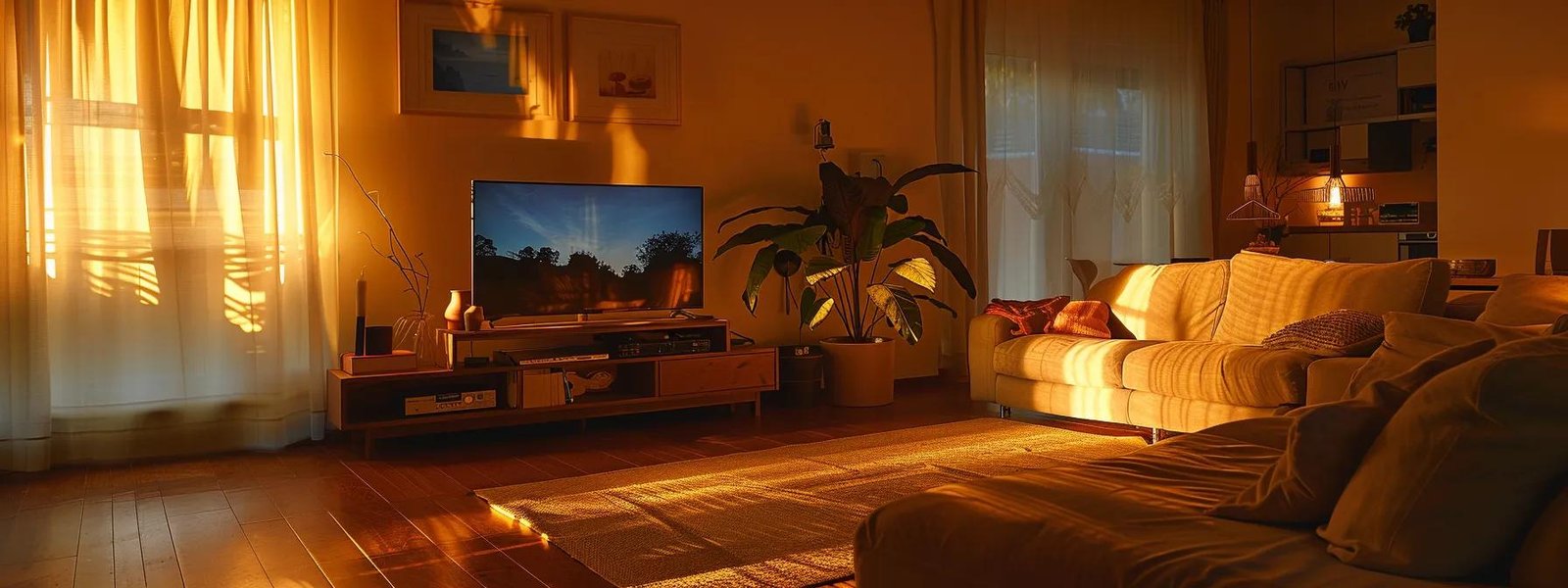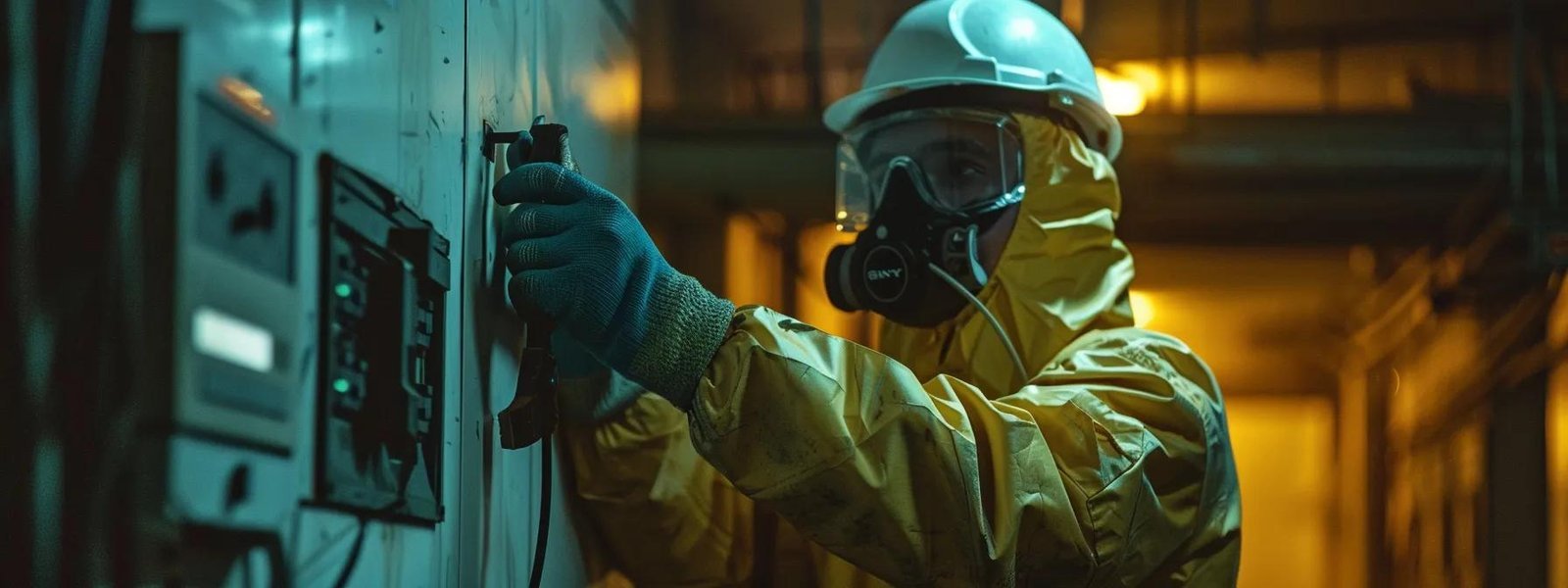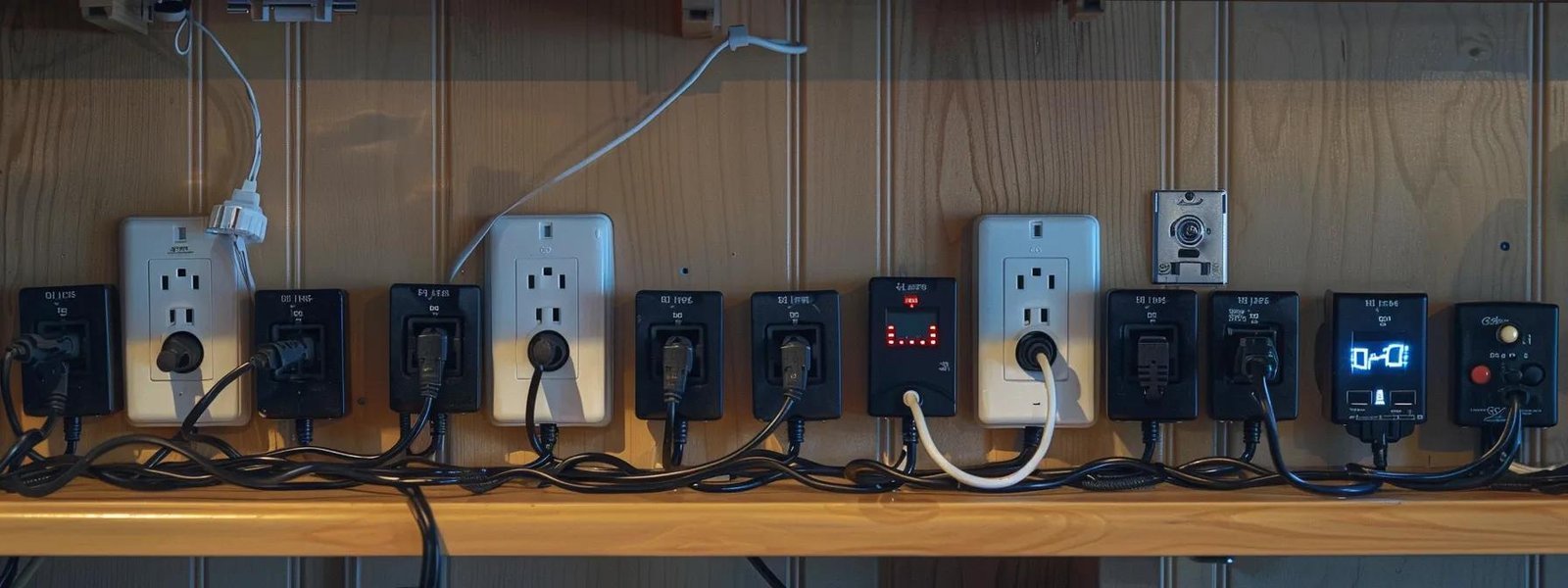
Are flickering lights in your home driving you crazy? This common issue can often be fixed without hiring an electrician. In this article, readers will learn how to identify the common causes of flickering lights, secure loose light bulbs, and inspect faulty light switches. By understanding these simple solutions, homeowners can save time and money while ensuring their electrical wiring is safe and efficient. Addressing flickering lights not only improves comfort but also helps prevent potential electrical diagnostics issues down the line.

Flickering lights can be a nuisance, often signaling underlying electrical diagnostics issues. Homeowners should first recognize loose bulbs and fixtures as a common cause. Next, understanding the impact of faulty light switches is essential. Additionally, assessing overloaded circuits and noticing voltage fluctuations in the electrical system can help in troubleshooting these problems effectively. Each of these factors plays a significant role in maintaining a stable electrical load and preventing voltage drop.
Loose bulbs and fixtures are often the primary culprits behind flickering lights in a home. When a bulb is not securely fastened, it can disrupt the power supply, leading to inconsistent lighting. Homeowners should check not only the bulbs but also the connections in ceiling fans and dimmers, as a loose neutral wire can also cause flickering. Ensuring that all fixtures are properly tightened can significantly reduce flickering and improve overall lighting stability.
Faulty light switches can significantly impact the frequency and stability of lighting in a home. When a light switch malfunctions, it may not provide a consistent voltage to the bulb, causing flickering or dimming. Homeowners should inspect their light switches for signs of wear or damage, as replacing a faulty switch can often resolve flickering issues and restore reliable lighting.
Overloaded circuits can lead to flickering lights, as they struggle to handle the demand for power. When too many devices are connected to a single circuit, it can cause the circuit to trip or the voltage to drop, resulting in inconsistent lighting. Homeowners should be mindful of their electrical load and consider redistributing devices across multiple circuits to maintain stable lighting and prevent flickering.
Voltage fluctuations in the electrical system can be a significant factor contributing to flickering lights. These fluctuations may occur due to various reasons, such as heavy appliances cycling on and off or issues with the utility supply. Homeowners should monitor their electrical system for any signs of irregular voltage, as addressing these fluctuations can lead to more stable lighting and a safer home environment.

Before addressing flickering lights, homeowners must prioritize safety. Start by turning off power to the affected area to prevent electrical shock. Using proper protective equipment is essential during any electrical work. Finally, double-check that the power is off before proceeding to ensure a safe environment. These steps are crucial for effective and safe troubleshooting of electrical issues.
Turning off the power to the affected area is a critical first step in addressing flickering lights safely. Homeowners should locate the circuit breaker that controls the specific lights and switch it off to eliminate any risk of electrical shock. This precaution not only ensures personal safety but also allows for a thorough inspection of the light fixtures and switches without the worry of live wires.
Using proper protective equipment is essential when addressing flickering lights in a home. Homeowners should wear insulated gloves and safety goggles to protect themselves from potential electrical hazards. This equipment not only safeguards against accidental shocks but also ensures a safer environment while inspecting light fixtures and switches, allowing for a more confident approach to resolving electrical issues.
Before proceeding with any electrical work to stop flickering lights, it is vital to double-check that the power is off. Homeowners should use a voltage tester to confirm that there is no electrical current flowing to the fixtures or switches they plan to inspect. This simple step not only ensures personal safety but also allows for a thorough examination of the electrical components without the risk of electric shock, making the troubleshooting process more effective and secure.

To stop flickering lights, homeowners should first ensure that light bulbs are tightened correctly. Loose fixtures or socket connections can also contribute to the problem, so adjusting these is essential. If issues persist, replacing bulbs or fixtures may be necessary. Each of these steps can significantly improve lighting stability and enhance the overall electrical safety in the home.
Tightening light bulbs correctly is a simple yet effective way to address flickering lights in a home. Homeowners should ensure that each bulb is securely fastened in its socket, as a loose connection can disrupt the electrical flow and cause inconsistent lighting. By regularly checking and tightening bulbs, along with inspecting fixtures for any signs of wear, homeowners can significantly reduce flickering and enhance the overall stability of their lighting system.
Adjusting loose fixtures or socket connections is a crucial step in stopping flickering lights. Homeowners should carefully inspect light fixtures for any signs of looseness, as a secure connection is essential for consistent electrical flow. Tightening these connections can significantly reduce flickering and enhance the overall reliability of the lighting system, ensuring a more comfortable and safe living environment.
If flickering lights persist after securing loose bulbs and fixtures, it may be time to replace them. Old or damaged bulbs can cause inconsistent lighting and may not function properly even when tightened. Homeowners should consider upgrading to energy-efficient LED bulbs, which not only provide stable lighting but also consume less energy, contributing to lower electricity bills. Additionally, if the fixtures themselves show signs of wear or damage, replacing them can enhance safety and improve the overall lighting quality in the home.

Testing the functionality of light switches is essential for identifying flickering lights. Homeowners should remove and examine the light switch for any signs of damage or wear. If necessary, installing a new light switch properly can restore consistent lighting. Each of these steps provides practical insights to help homeowners address flickering lights effectively without the need for professional assistance.
Testing the functionality of light switches is a straightforward process that can help identify the cause of flickering lights. Homeowners should start by turning off the power to the switch and removing the cover plate to inspect for any visible damage or loose connections. If the switch appears worn or damaged, replacing it with a new one can restore consistent lighting and eliminate flickering issues, ensuring a safer and more reliable electrical system in the home.
To effectively address flickering lights, homeowners should start by removing and examining the light switch. This process involves turning off the power at the circuit breaker, then unscrewing the switch cover plate to access the wiring. By checking for loose connections or visible damage, homeowners can identify potential issues that may be causing inconsistent lighting. If any problems are found, replacing the switch can restore reliable function and enhance the overall safety of the electrical system.
To install a new light switch properly, homeowners should first ensure the power is turned off at the circuit breaker. After removing the old switch, they should carefully connect the wires to the new switch, matching the colors correctly—black to black, white to white, and grounding wires as needed. Once secured, the switch can be mounted back into the wall and the cover plate replaced, ensuring a reliable connection that can help eliminate flickering lights.

Balancing electrical loads on circuits is essential for preventing flickering lights in a home. Homeowners should first identify overloaded circuits that may be causing issues. Redistributing appliances and devices to different circuits can help manage the electrical load effectively. Additionally, using surge protectors can further control power consumption, ensuring a stable and reliable lighting experience.
Identifying overloaded circuits in a home is a crucial step in preventing flickering lights. Homeowners should start by observing which lights flicker when multiple devices are in use, as this can indicate that a specific circuit is struggling to handle the load. By redistributing appliances and electronics across different circuits, homeowners can alleviate the strain on any one circuit, leading to more stable lighting and a safer electrical system.
Redistributing appliances and devices to different circuits is an effective way to manage electrical loads and prevent flickering lights. Homeowners should identify which devices are connected to the same circuit and consider moving some to less utilized circuits. For example, if multiple high-wattage appliances are on one circuit, shifting some of them can help balance the load, ensuring a more stable power supply and reducing the chances of flickering lights.
Using surge protectors is an effective way to manage power consumption and prevent flickering lights in a home. These devices help regulate voltage levels and protect electrical appliances from sudden spikes, which can contribute to unstable lighting. Homeowners should consider placing surge protectors on circuits that power multiple devices, especially high-wattage appliances, to ensure a balanced electrical load and enhance overall lighting stability.

Monitoring and addressing voltage fluctuations is essential for stopping flickering lights in a home. Homeowners can start by using a multimeter to check voltage levels, ensuring they remain stable. Unplugging high-powered devices temporarily can also help reduce strain on the electrical system. For sensitive electronics, installing a voltage stabilizer can provide consistent power, enhancing overall lighting stability.
Using a multimeter to check voltage levels is a practical step homeowners can take to address flickering lights. By measuring the voltage at the light fixture or outlet, they can determine if fluctuations are occurring, which may indicate an underlying electrical issue. If the voltage readings are inconsistent or outside the normal range of 120 volts, it may be necessary to investigate further to ensure a stable electrical supply, ultimately leading to improved lighting stability in the home.
Unplugging high-powered devices temporarily can significantly help in addressing flickering lights in a home. When appliances like refrigerators, air conditioners, or space heaters cycle on and off, they can cause voltage fluctuations that lead to inconsistent lighting. By disconnecting these devices for a short period, homeowners can reduce the strain on their electrical system, allowing for a more stable power supply and improved lighting conditions.
Installing a voltage stabilizer can be an effective solution for homeowners experiencing flickering lights due to voltage fluctuations. This device helps maintain a consistent voltage level, protecting sensitive electronics from sudden spikes or drops that can disrupt their operation. By stabilizing the electrical supply, homeowners can enhance the reliability of their lighting and reduce the chances of flickering, creating a more comfortable living environment.
Understanding how to stop flickering lights in your home is essential for maintaining a safe and comfortable living environment. Homeowners can address common issues such as loose bulbs, faulty switches, overloaded circuits, and voltage fluctuations without the need for professional help. By taking proactive steps like tightening connections, redistributing electrical loads, and monitoring voltage levels, they can enhance lighting stability and reduce potential hazards. Empowering oneself with this knowledge not only improves the home’s electrical system but also fosters confidence in managing household issues effectively.


